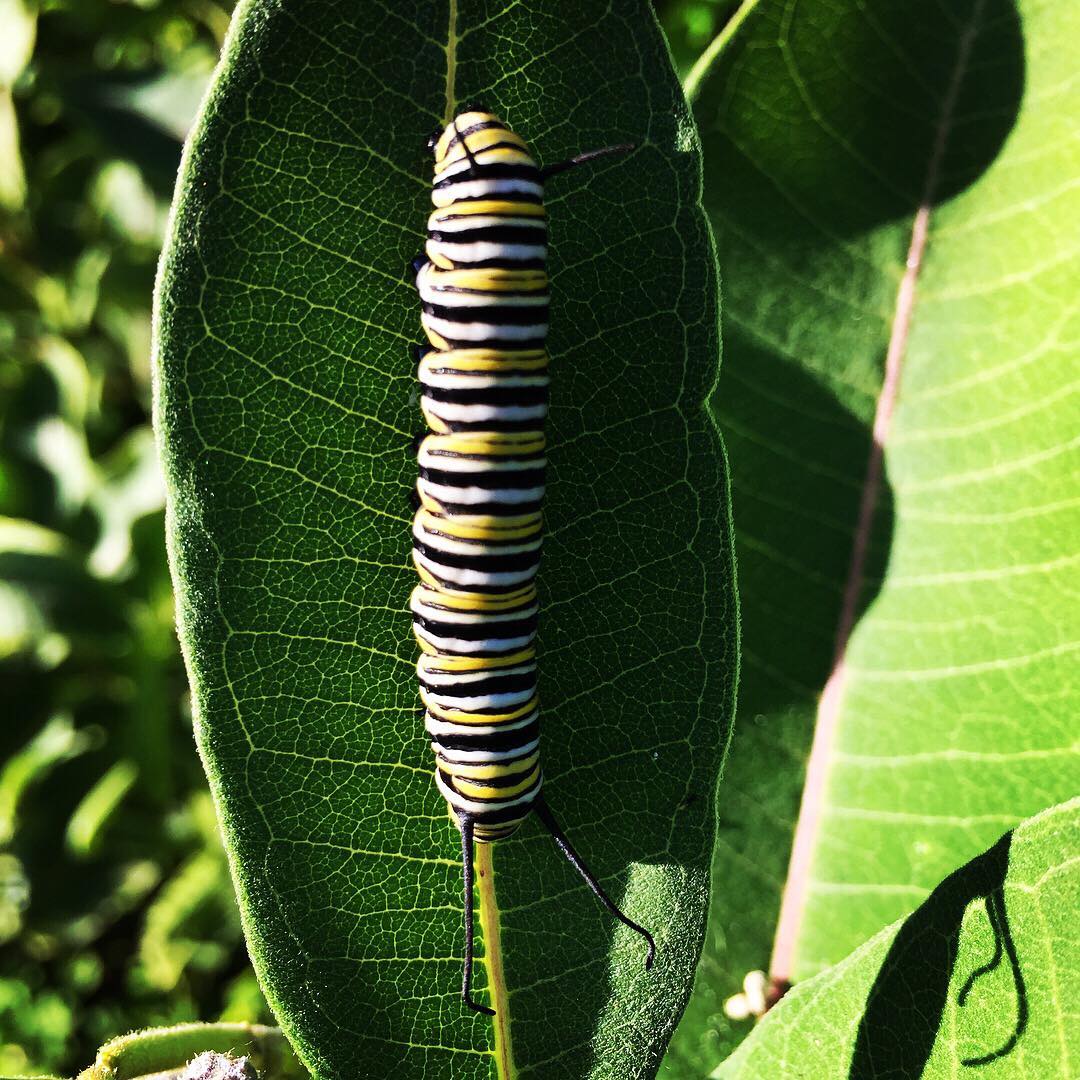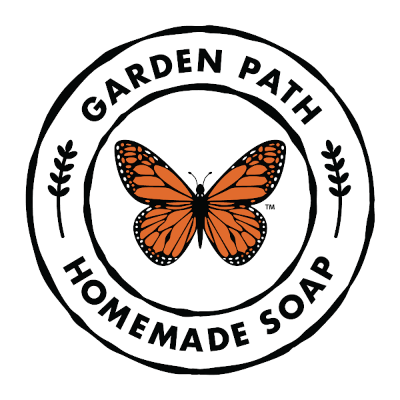
La vie avec les monarques
Chaque été, nous attendons avec impatience l'arrivée de notre première chenille de monarque sur la propriété. Nous restons à l'affût des papillons et commençons notre chasse dans les champs de foin avoisinants qui regorgent d'asclépiades fraîches. Chaque année est différente et nous ne pouvons pas prédire avec précision le nombre de papillons que nous trouverons.
Cycle de vie du monarqueAidons nos amis
Notre objectif est d'aider à augmenter la population mondiale de ce magnifique papillon! Pour atteindre cet objectif, il est important pour nous de renseigner les visiteurs pendant la saison d'élevage du monarque. Nous prenons plaisir à élever des monarques dans nos jardins et ce faisant, nous augmentons également leurs chances de survivre et d'atteindre l'âge adulte. Seulement environ 1 sur 100 chenilles monarques deviendront un papillon dans la nature. En les protégeant dans notre enclos, nous améliorons significativement ce pourcentage.

Station d'arrêt à papillons monarques
Nous sommes une station d'arrêt à papillons monarques certifiée et participons à un programme d'identification par Monarch Watch de l'Université du Kansas, États-Unis. Avant de relâcher nos papillons, ils sont étiquetés avec un autocollant qui contient un numéro de série enregistré chez Monarch Watch et qui est placé sur un endroit spécifique de l'aile inférieure. en savoir plus sur l'observation des monarquesPourquoi l'étiquetage?
Le but de l'étiquetage est d'associer l'emplacement de la capture avec le point de récupération pour chaque papillon. Les données de ces " recaptures" sont utilisées pour déterminer les voies empruntées par les monarques migrateurs, l'influence du temps sur la migration et le taux de survie des monarques.

L'expérience Monarque
Lorsque vous visitez Garden Path Homemade Soap à la fin de l'été, vous aurez peut-être l'occasion de voir de près certains monarques dans notre enclos d'élevage. Lorsqu'ils émergent sous forme de papillons, les visiteurs chanceux ont la possibilité de les relâcher dans la nature.Quand devrions-nous visiter?
Le meilleur moment pour voir les monarques est au mois d'août et septembre. Cependant, nous avons libéré des papillons aussi tard que la mi-octobre! Vous pouvez voir notre "auberge à monarques", un abris extérieur qui permet aux monarques d'être protégés des éléments et des prédateurs, mais permet aussi aux visiteurs de les observer de près. VISIT US


